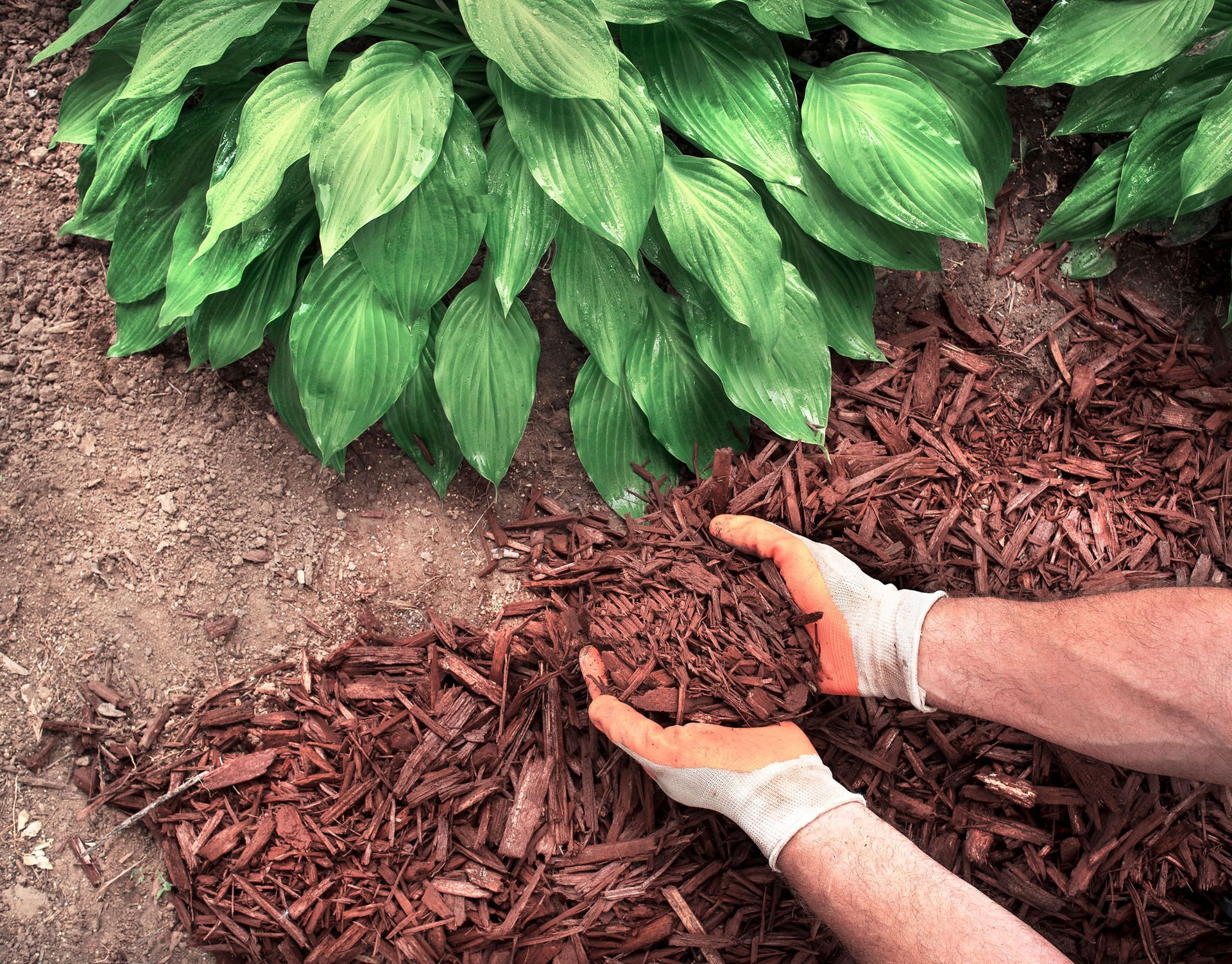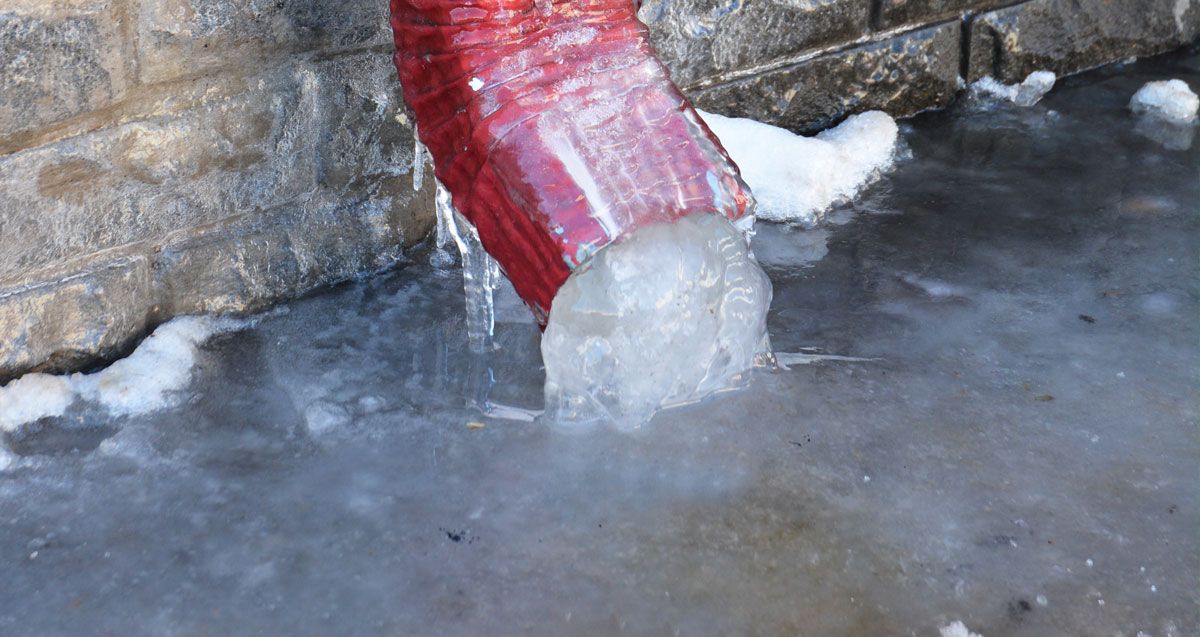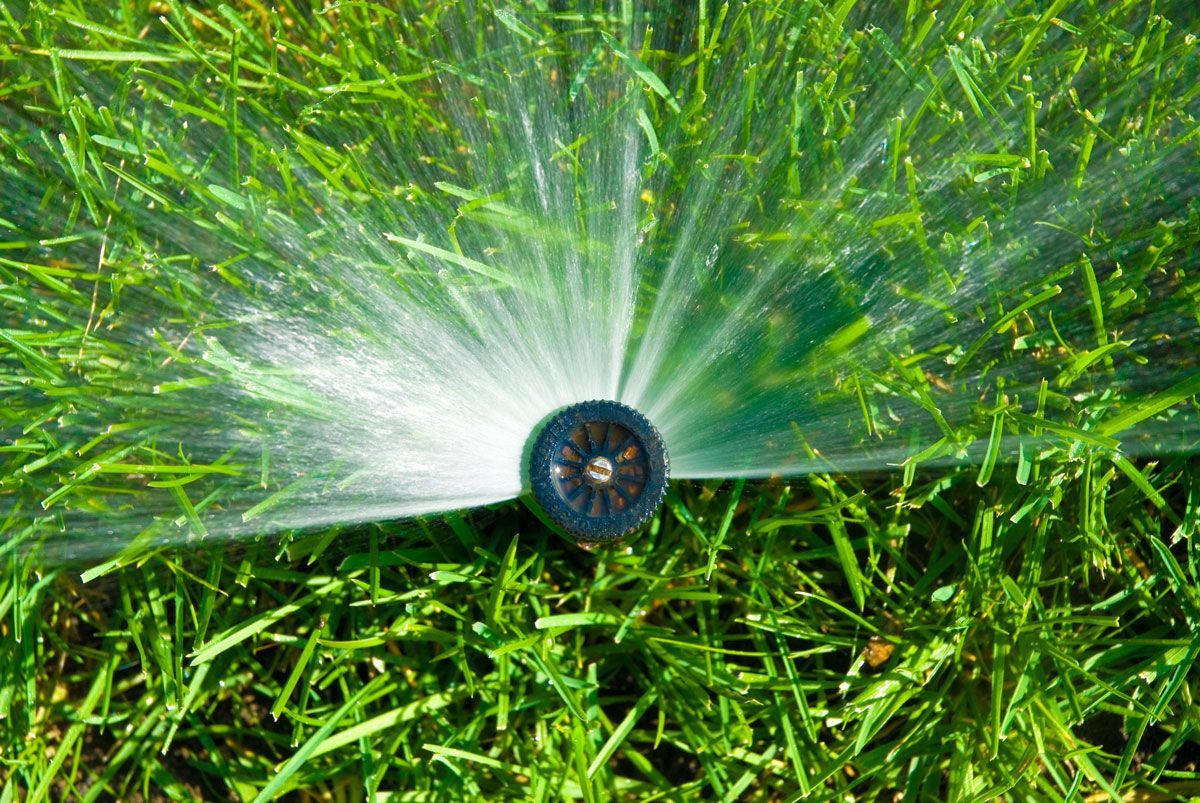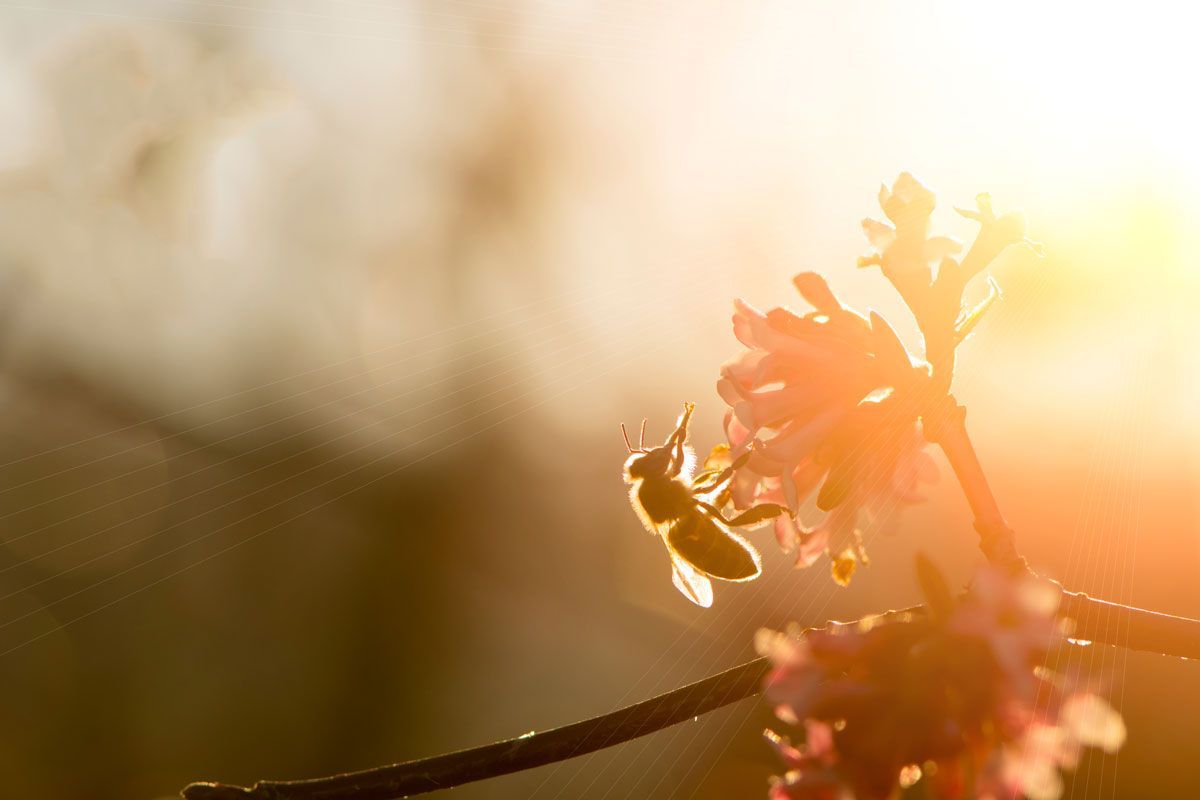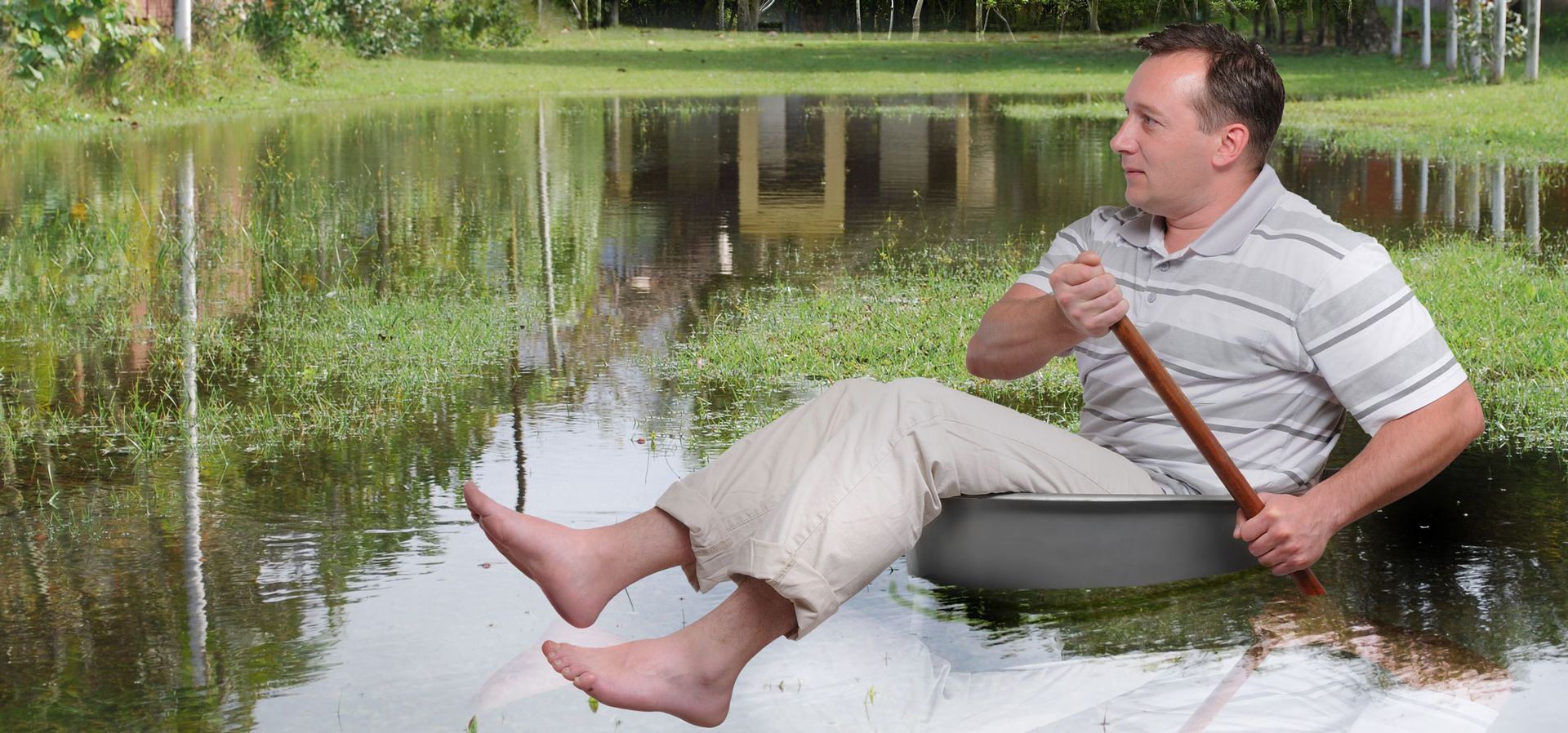As the seasons change, so do the needs of your outdoor space.
As the seasons change, so do the needs of your outdoor space. A thriving yard requires more than just sunlight and good soil – it demands a well-thought-out water management strategy. Effective drainage and irrigation are the true heroes of a lush and healthy landscape. From preventing water logging to ensuring your plants get just the right amount of hydration, a well-designed system can transform your yard into a vibrant oasis.
In this blog, we will share insights on how you can elevate your yard game with efficient irrigation and drainage systems!
The Components
Ever wondered what goes into creating a top-notch irrigation and drainage system? From pipes and pumps to valves and sprinklers, there are many components that work together to keep your yard looking its best, no matter the weather.
Irrigation System Components:
- Water Source
- Pipes and Tubing
- Backflow Preventer
- Valves
- Sprinklers or Drip Emitters
- Controllers/Timer
- Sensors
- Filters
- Pressure Regulators
- Fertilizer Injectors (optional)
Drainage System Components:
- Surface Drains:
- French Drains:
- Catch Basins:
- Swales:
- Grading and Sloping:
- Subsurface Drains:
- Channel Drains:
- Stormwater Pits:
- Permeable Paving (optional):
- Vegetative Cover (optional):
Common Components for Both Systems:
- Proper Design and Layout:
- Regular Maintenance Plan:
- Professional Installation:
- Smart Technology (optional):
By carefully selecting and integrating these components, you can create an irrigation and drainage system that not only meets the unique needs of your landscape but also operates efficiently and promotes the health of your plants and soil.
Tips for Success
Planning your landscape with a focus on your yard's water needs is crucial for creating a sustainable and thriving outdoor space. Here are some tips to help you design a landscape that optimizes water usage and promotes the health of your plants:
Site Analysis:
- Understand your yard's topography, soil type, and drainage patterns.
- Identify areas prone to waterlogging or poor drainage.
- Consider the amount of sunlight different areas receive throughout the day.
Zoning:
- Divide your landscape into zones based on water requirements.
- Group plants with similar water needs together to streamline irrigation.
Plant Selection:
- Choose native or drought-resistant plants that are well-suited to your climate.
- Consider the mature size of plants to avoid overcrowding and competition for water.
Hydrozoning:
- Group plants with similar water needs in the same zone.
- Allocate more water to high-water-use zones and less to low-water-use zones.
Microclimates:
- Identify microclimates within your yard, such as sunny or shaded areas.
- Adjust plant placement based on these microclimates to optimize sunlight and water usage.
Efficient Turf Areas:
- Minimize the use of water-intensive turf.
- Consider alternative ground covers or low-water-use grass varieties.
Soil Improvement:
- Amend your soil with organic matter to improve water retention.
- Ensure proper soil drainage to prevent waterlogging.
Mulching:
- Apply mulch around plants to reduce evaporation, suppress weeds, and retain soil moisture.
- Use organic mulches like bark or compost.
Smart Irrigation Design:
- Install a drip irrigation system for targeted watering, especially for flower beds and shrubs.
- Utilize rain sensors to prevent irrigation during rainy periods.
- Invest in a smart irrigation controller that adjusts watering schedules based on weather conditions.
Watering Schedule:
- Establish a watering schedule based on the specific needs of your plants.
- Water during the early morning or late evening to minimize water loss due to evaporation.
Rainwater Harvesting:
- Consider installing a rain barrel or rainwater harvesting system.
- Use collected rainwater for irrigation during dry periods.
Grouping Plants by Water Needs:
- Cluster plants with similar water requirements together.
- This facilitates more precise watering and prevents overwatering or underwatering.
Evaluate Existing Structures:
- Take into account existing structures, such as buildings and hardscapes, that may impact water distribution.
- Plan accordingly to avoid runoff or water accumulation in certain areas.
Regular Monitoring:
- Regularly monitor the health of your plants and adjust watering practices accordingly.
- Be responsive to changes in weather patterns or environmental conditions.
Mastering the flow of water in your landscape is an investment that pays off in the form of healthy plants, lush lawns, and a visually appealing
outdoor space. By understanding the principles of
drainage and
irrigation, and implementing the right systems and practices, you can create an environment that thrives year-round and have the outdoor oasis you have been dreaming of!
